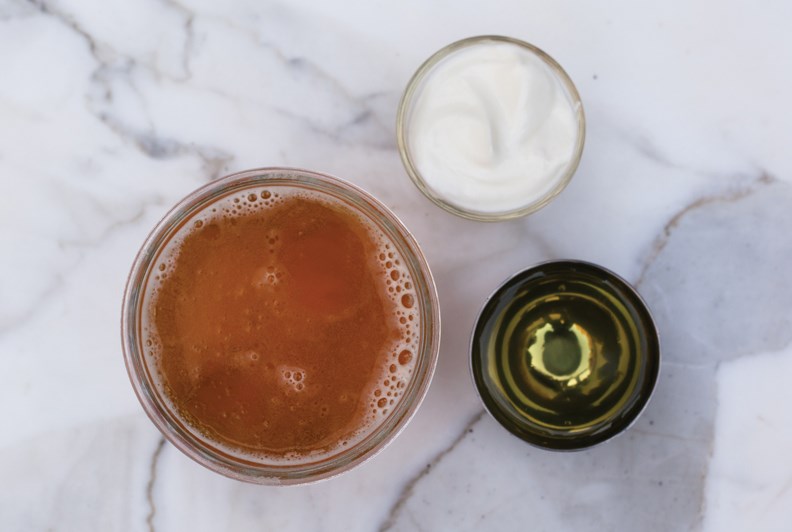Like anything else, hair care rituals tend to ebb and flow, depending on the season, your culture and what happens to become known or popular. Lately there is much detailed debate and information available about the potential risks of chemical dyes and common ingredients of mainstream hair care products, including shampoo, conditioner and hair colour.
It’s worth paying attention to. Because generally speaking, what you put on your hair, you also put into your system, through your hair follicles and your body’s largest organ, your skin. Thankfully, there are products available that consist of less harmful ingredients, and many simple alternatives you can make and use from natural ingredients at home.
When it comes to hair dyes, the toxic chemical to avoid is what’s known as coal tar dyes or the chemical P-phenylenediamine. It’s very difficult to find permanent commercial hair colours that do not contain this ingredient, especially the darker tones. But natural alternatives to coal tar dyes do exist, including plant derived henna and other plant-based natural hair colourants, typically available at health food stores. At a salon, if you are unsure, ask your colourist to recommend a hair colour option without coal tar.
Lathering our hair daily with typical shampoos and slathering conditioner on it afterwards can be problematic too. Ingredients used to deeply cleanse the hair can cause irritation to the scalp and skin. A common ingredient called sodium laureth sulfate, used as a foaming agent, can irritate the skin and eyes and may contain other harmful contaminates depending on how the chemical was manufactured.
A more natural alternative is to use a small amount of simple castile soap to wash your hair. Dr. Bronner’s is a readily available brand, made with organic ingredients, mild essential oils for fragrance and no foaming agents. Expect a radically different shampoo experience (it’s not very sudsy or fragrant), but squeaky clean hair and scalp.
Dry shampoos have recently become a trendy way to cleanse your hair without washing it with soap and water. The powdery “shampoo” is sprinkled or sprayed on hair and scalp, then combed or brushed thoroughly to absorb and lift oils and debris off of your hair. But some commercial dry shampoos can contain chemical agents and risks related to aerosols. Try making your own dry shampoo at home by mixing an equal amount of cornstarch and finely ground oat flour. Sprinkle on hair, allow the powder to sit for a few minutes and then brush through.
Common commercial hair conditioners may also contain potentially toxic chemical ingredients including petrolatums for shine and siloxanes for smoothing. Luckily, natural alternatives are as close as your kitchen. A small amount of coconut oil may be applied to dry ends of hair as a deep conditioner and a spoonful of mayonnaise slathered through hair and rinsed thoroughly works as an emollient conditioner. And a half cup of beer or apple cider vinegar, used as a rinse, will naturally remove build-up and add gloss and shine to your locks.



